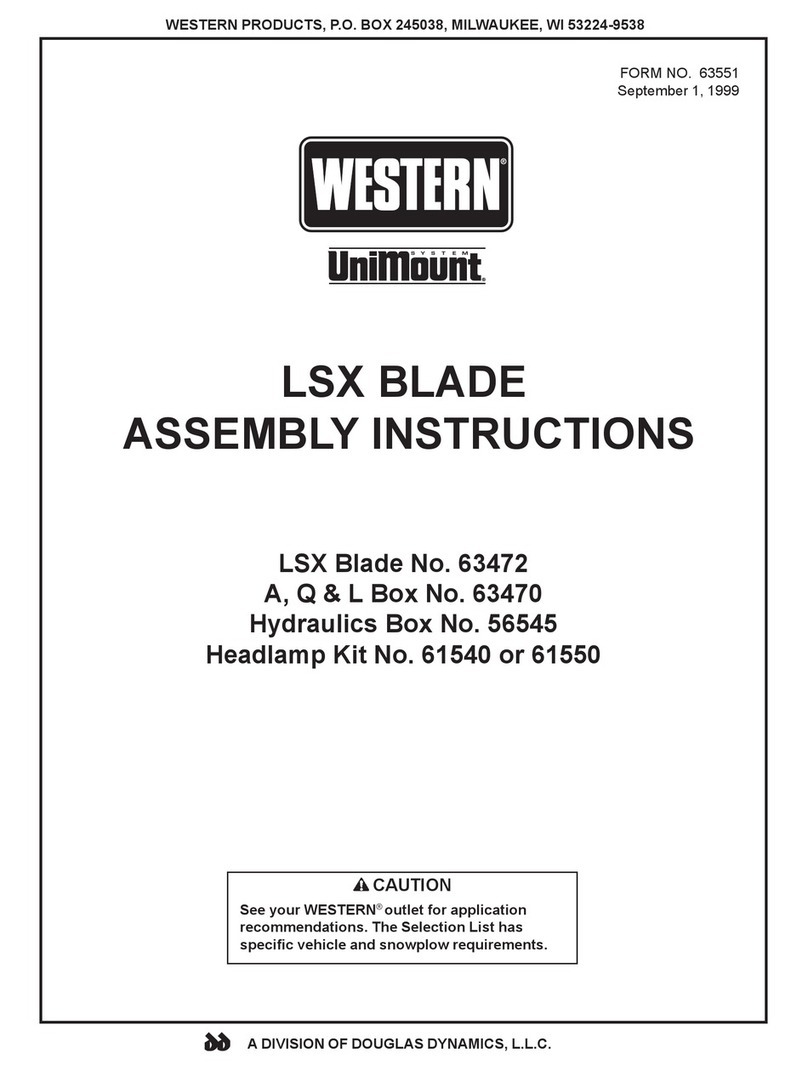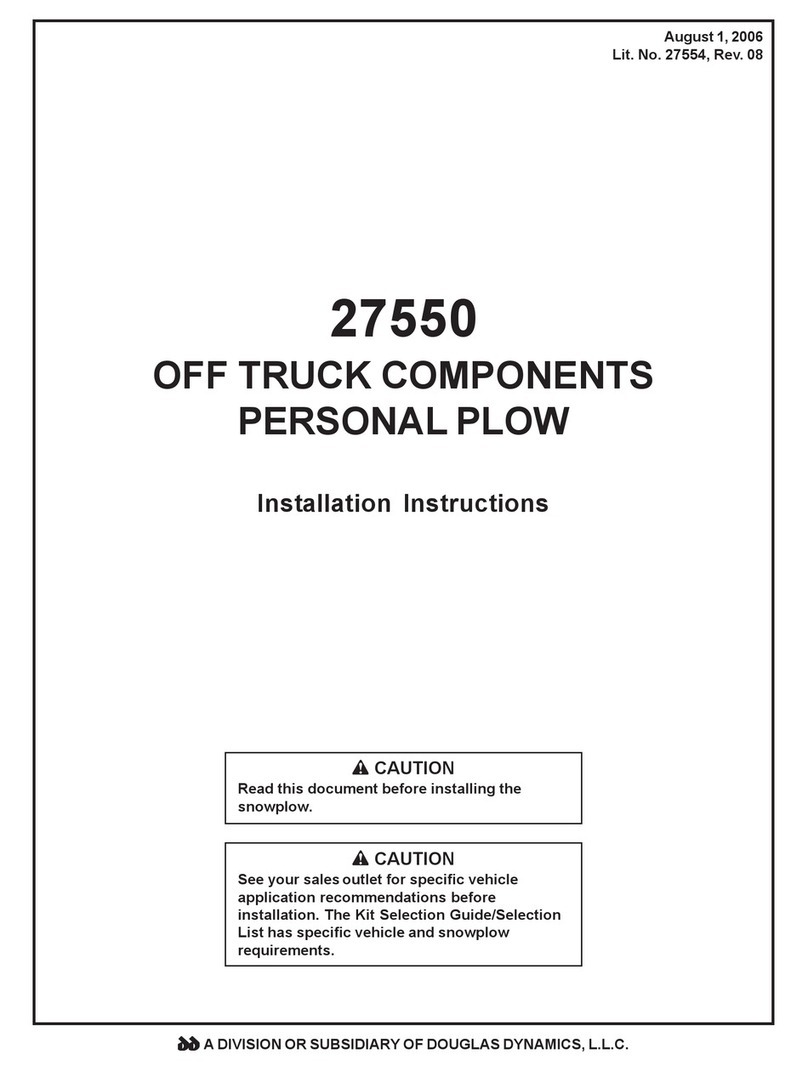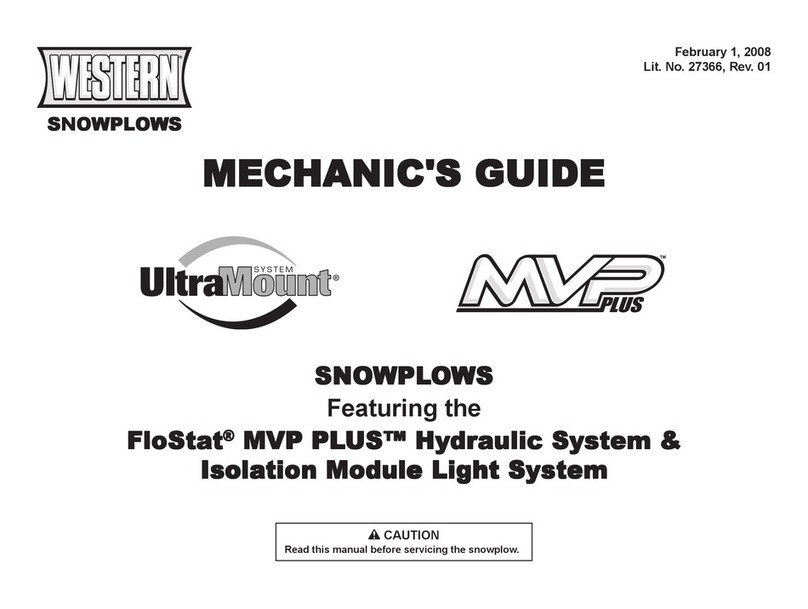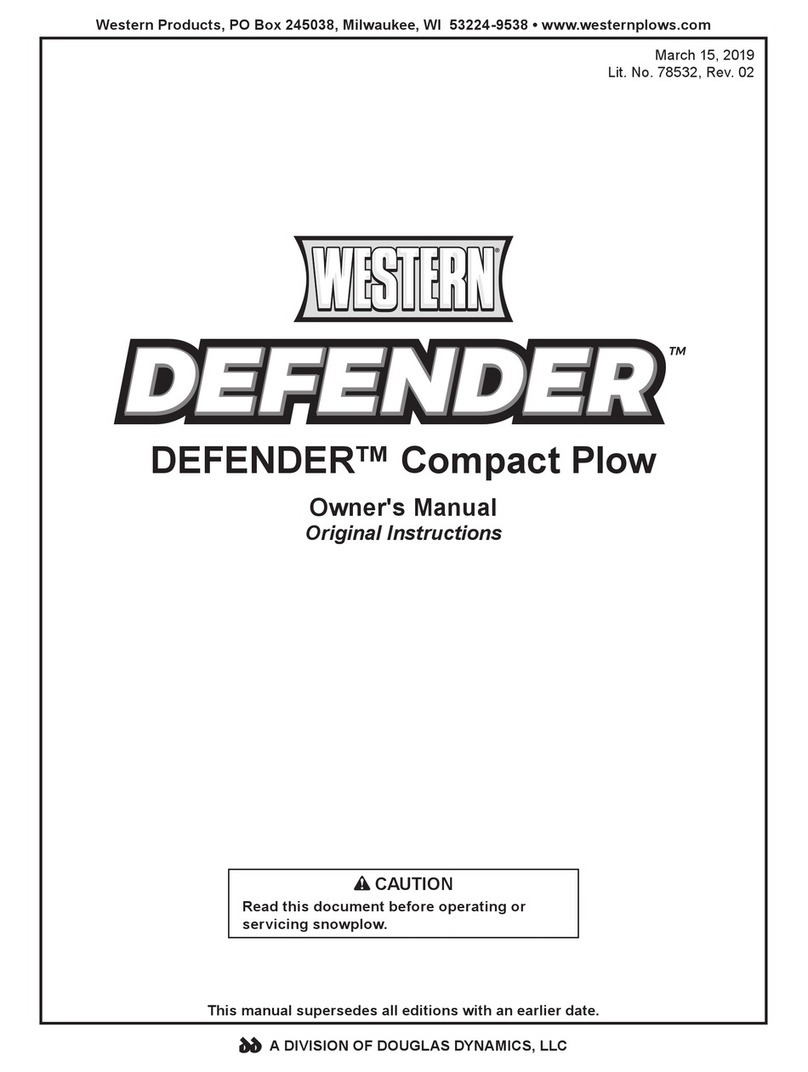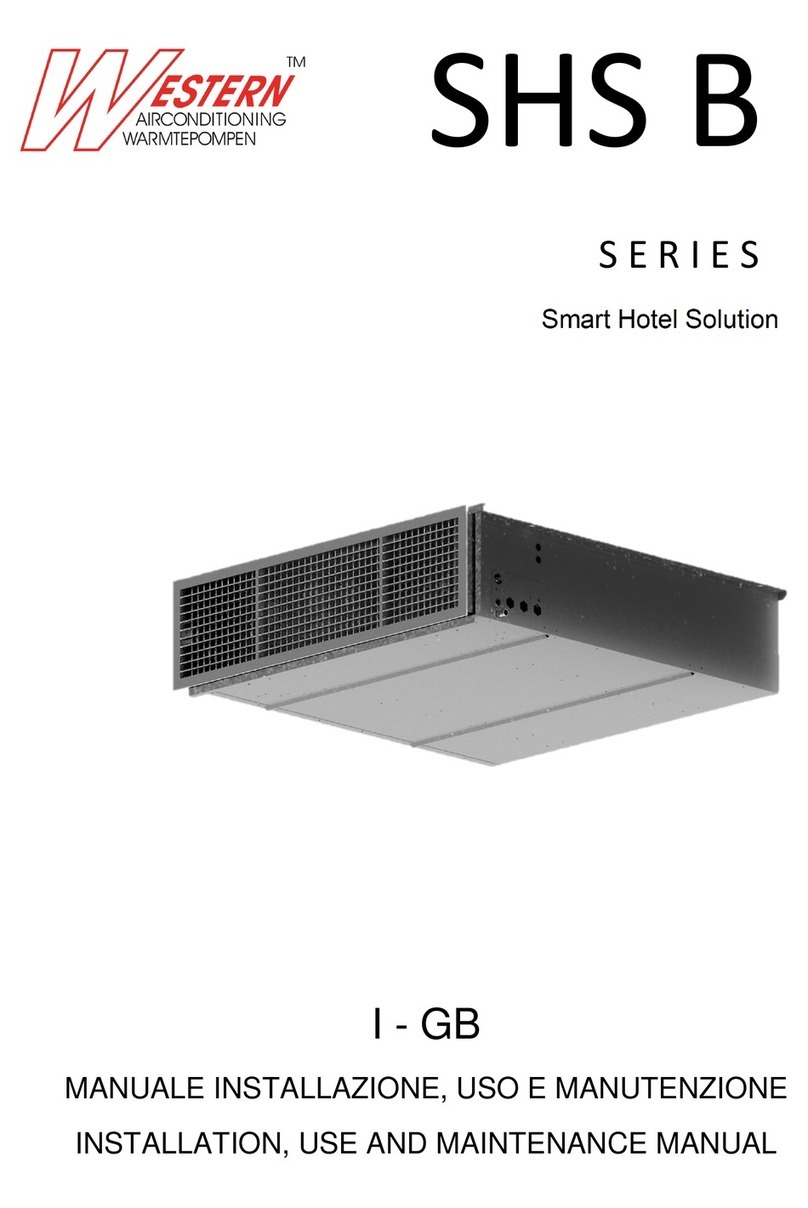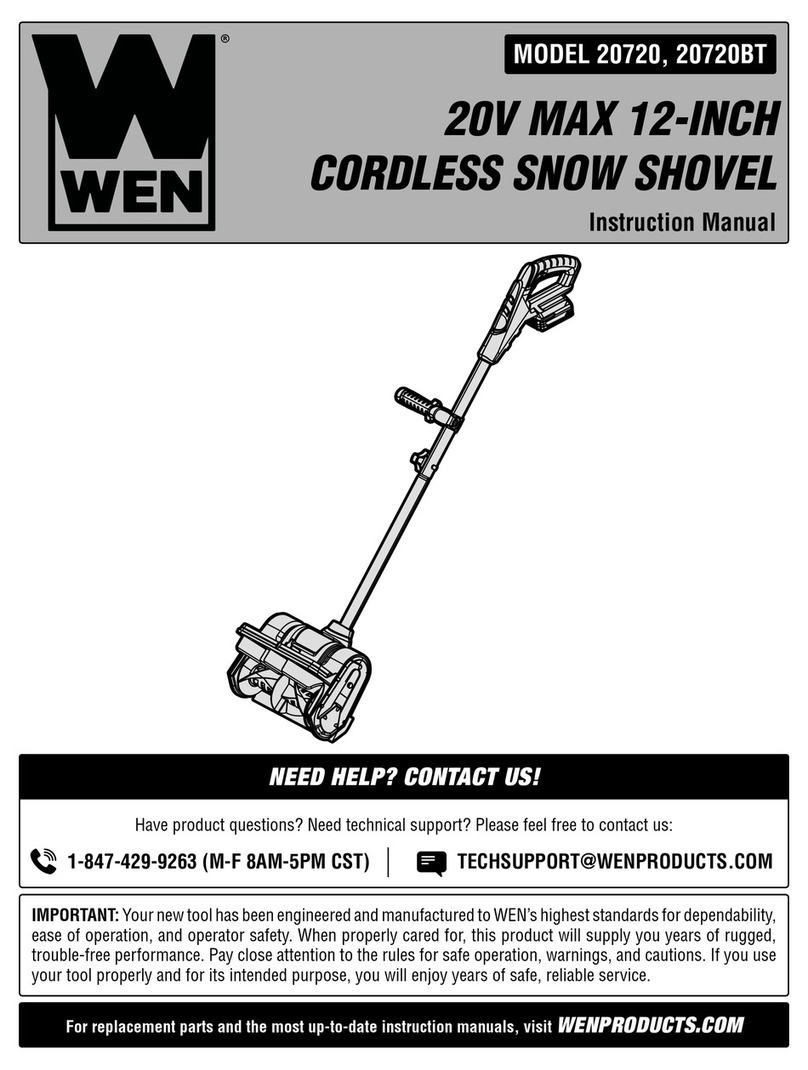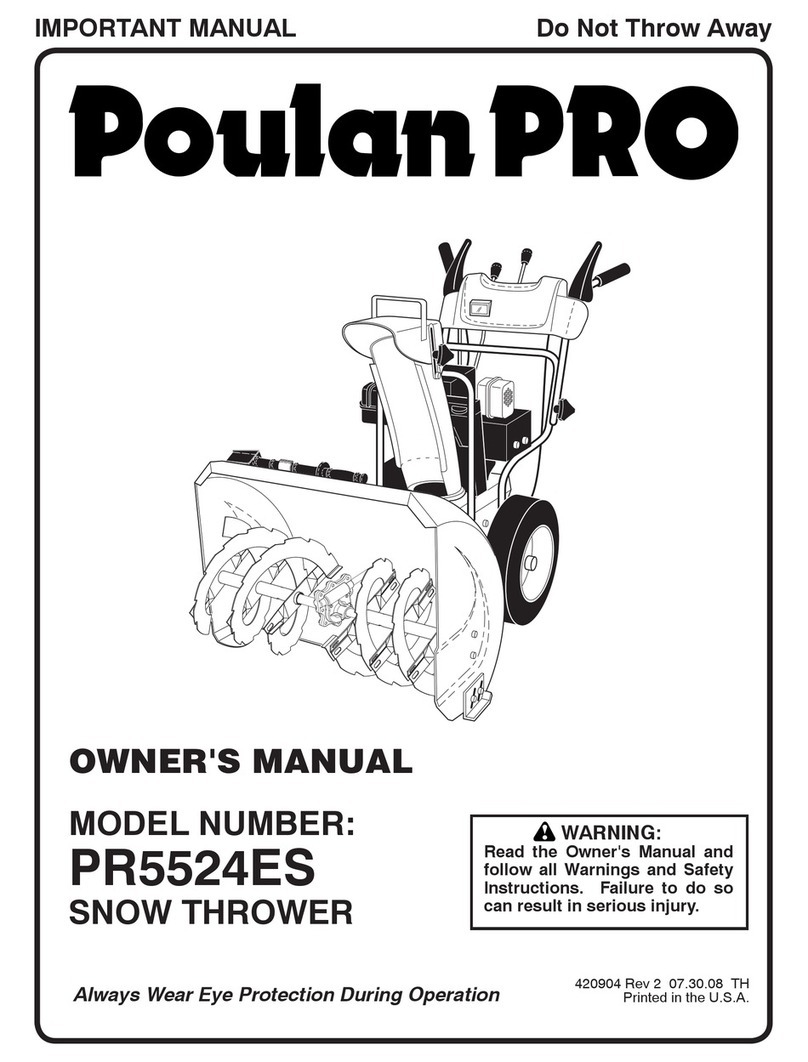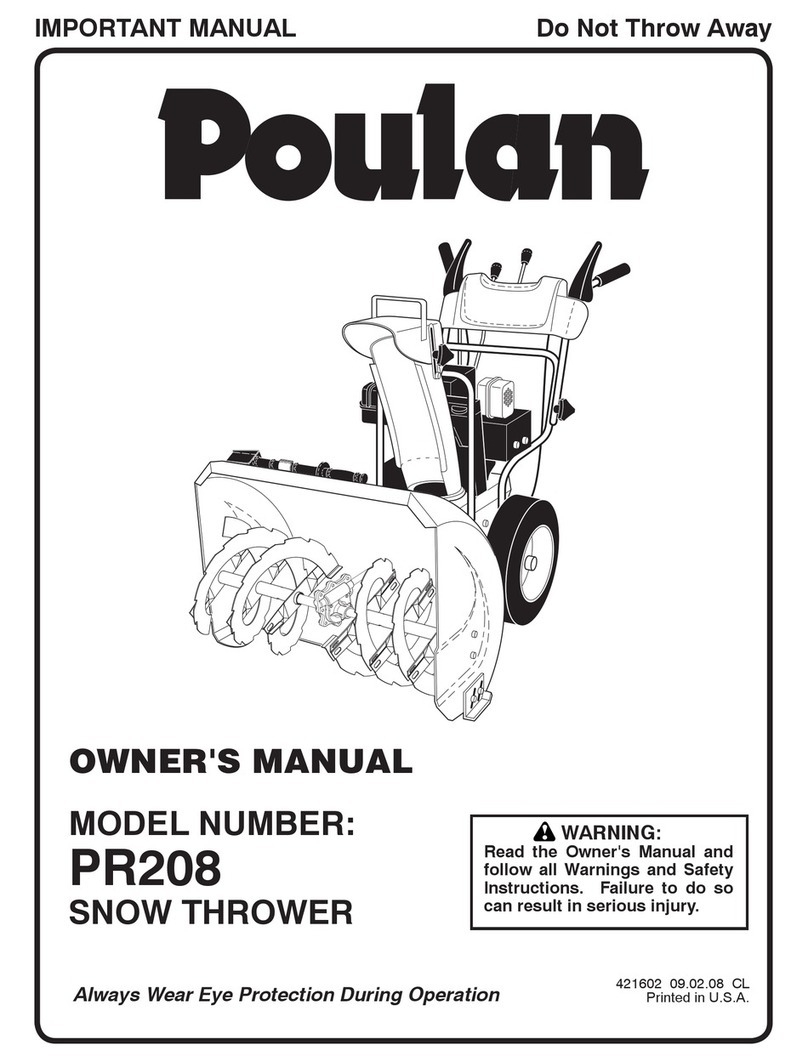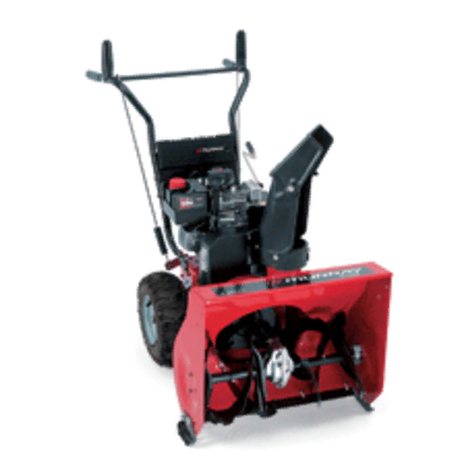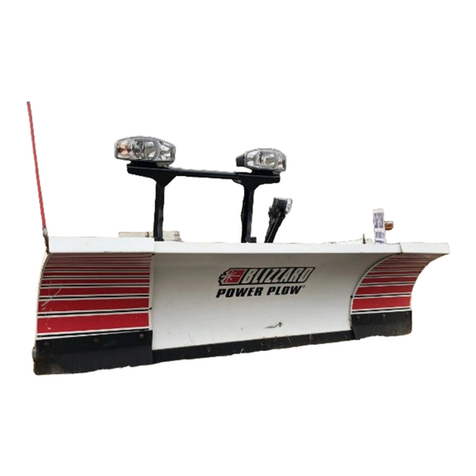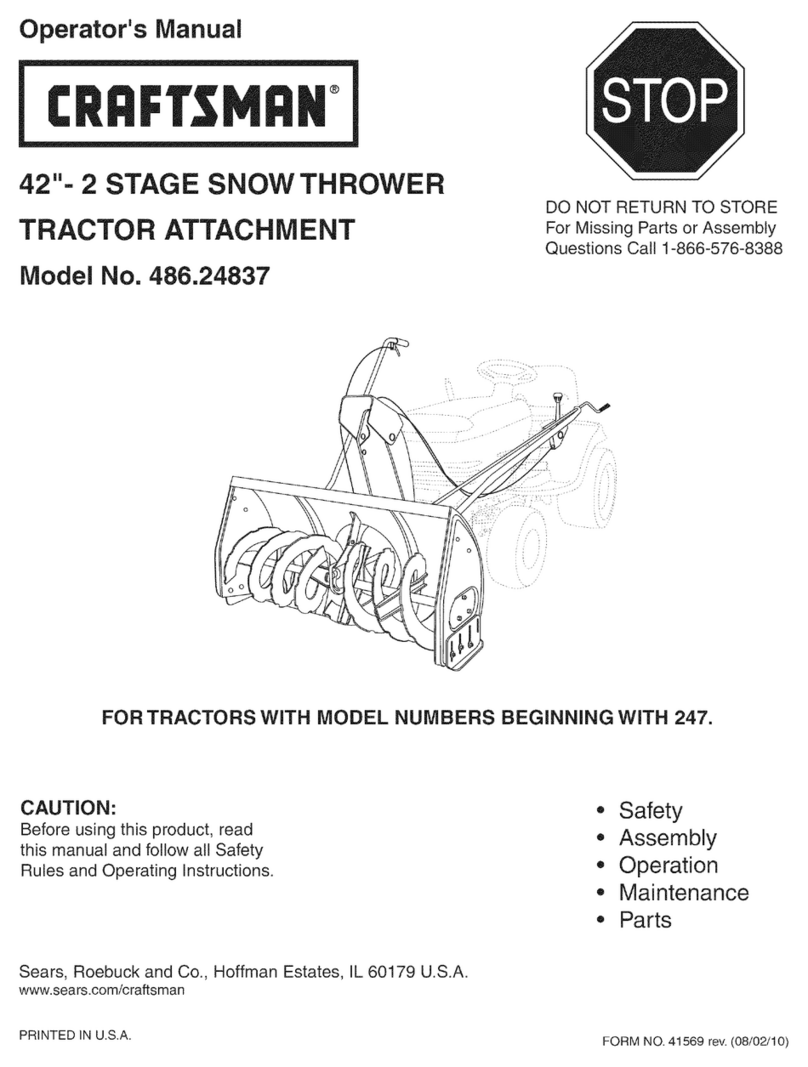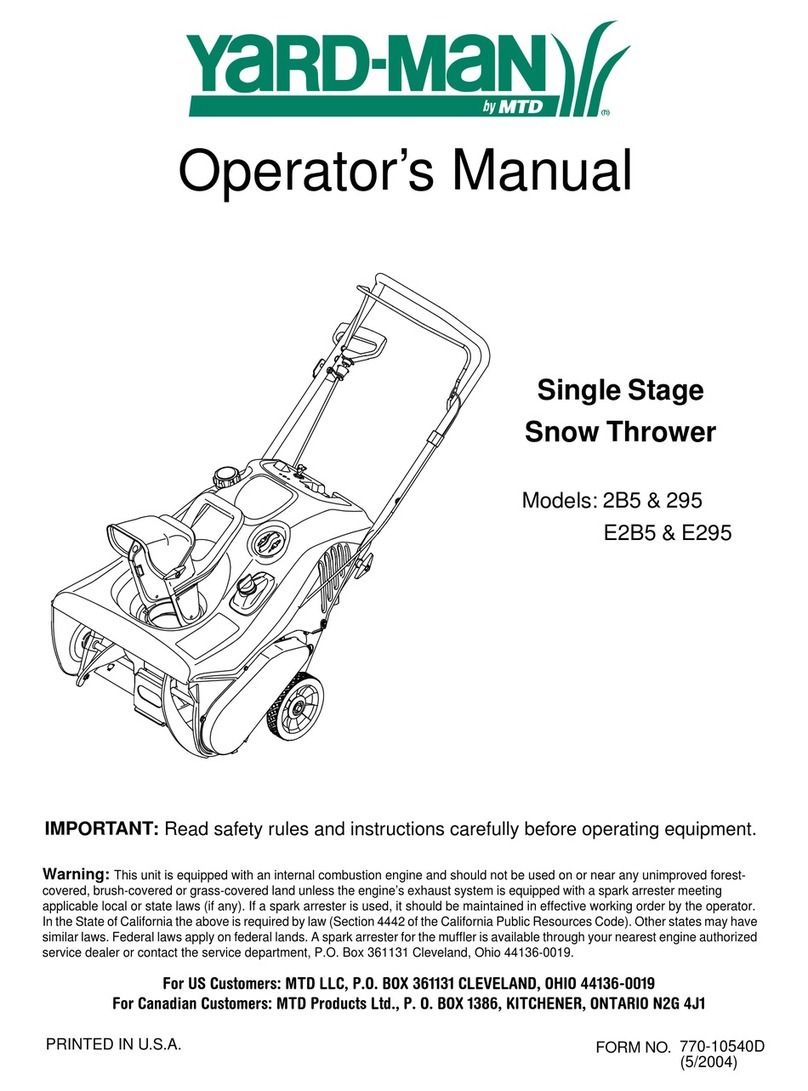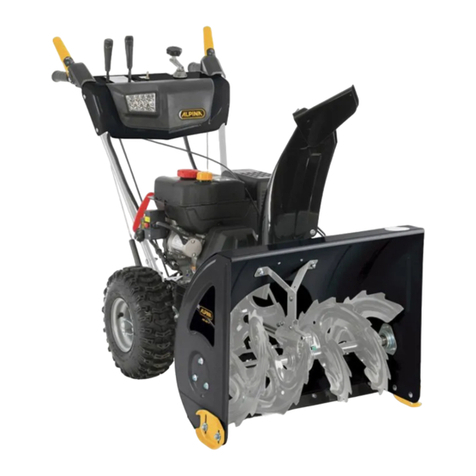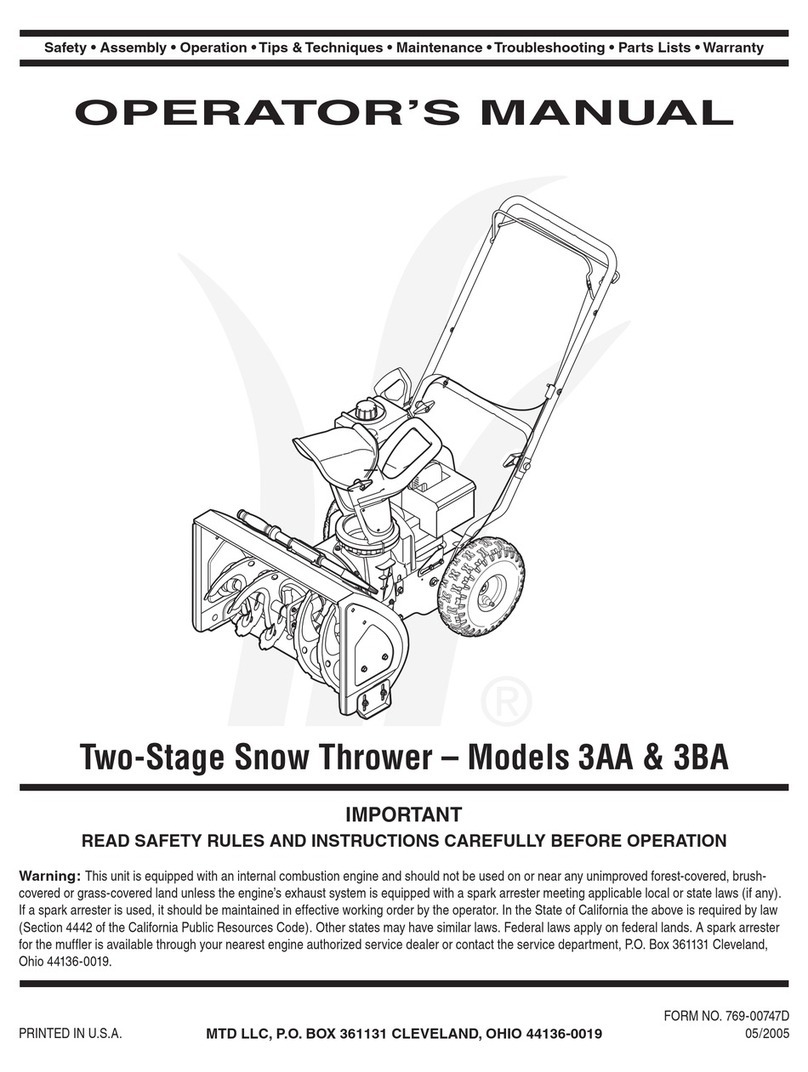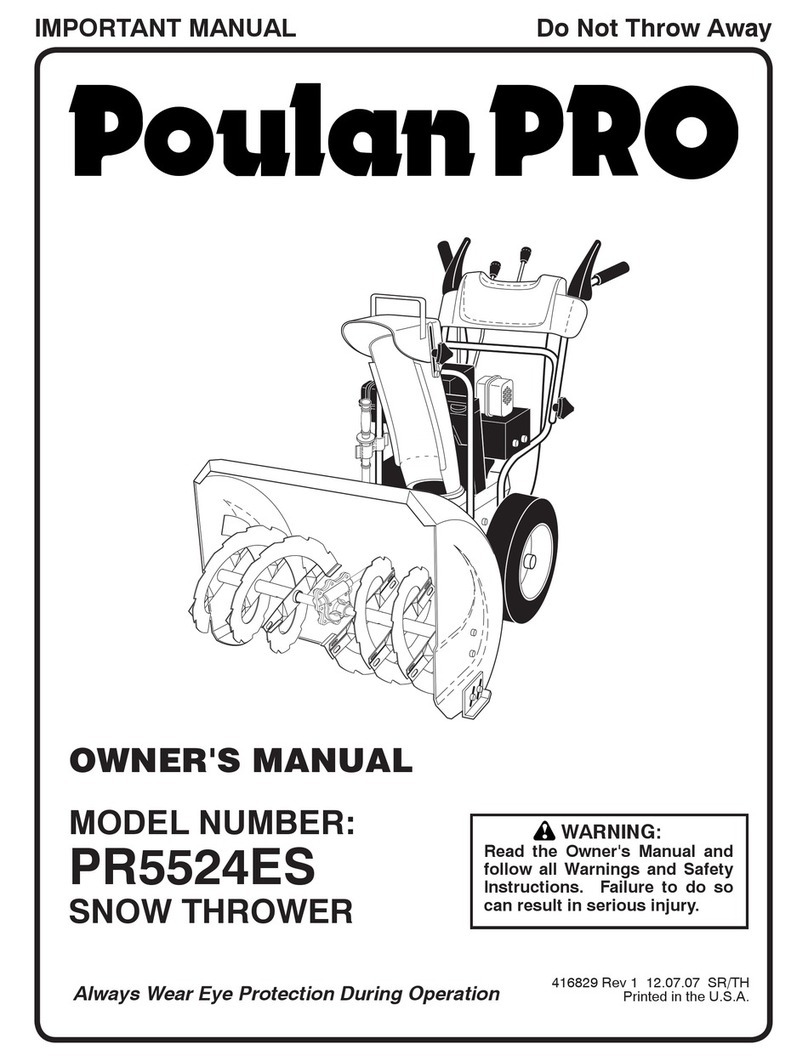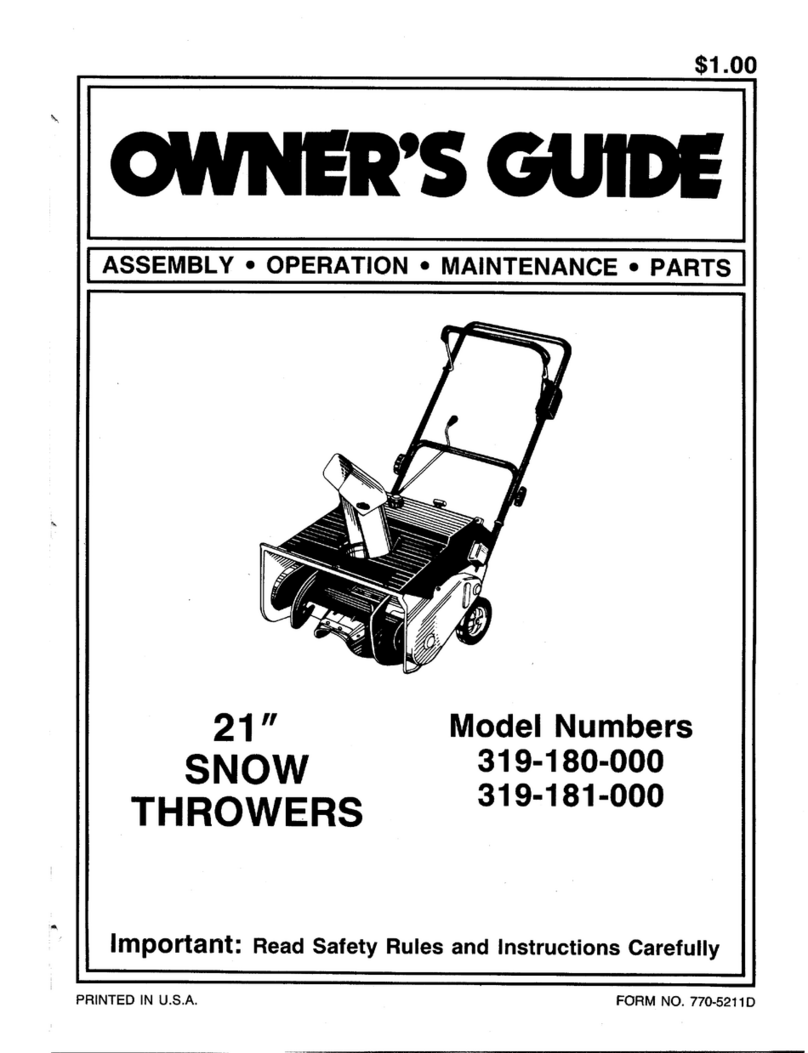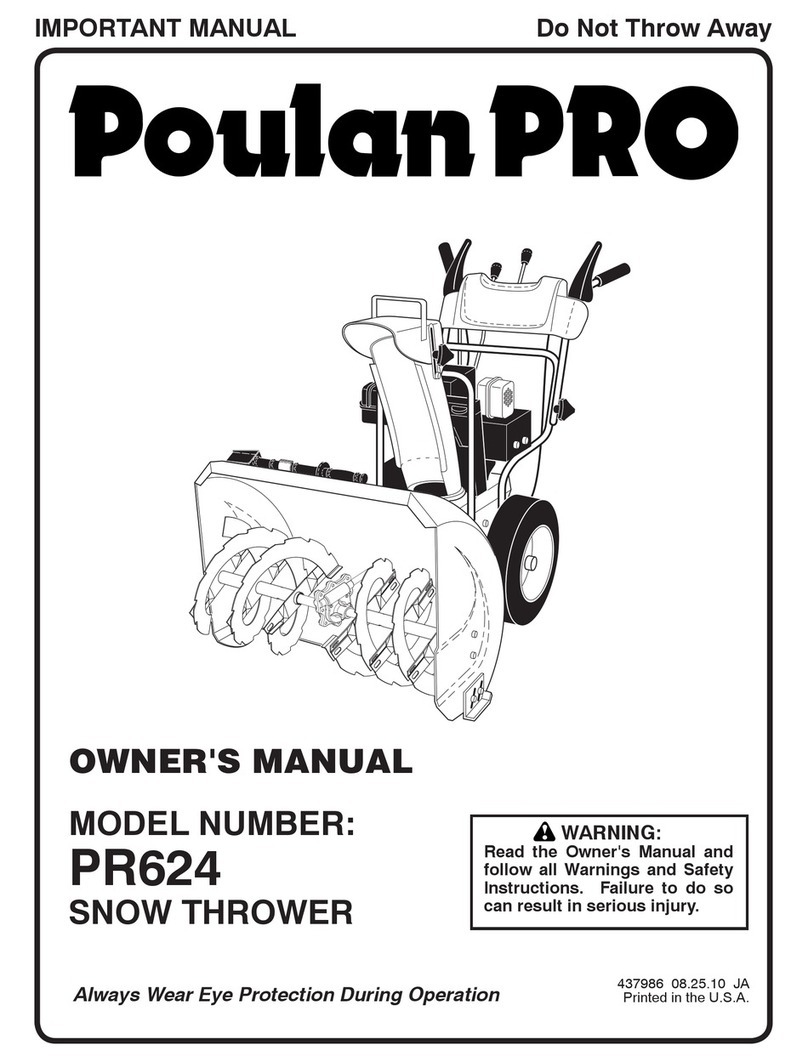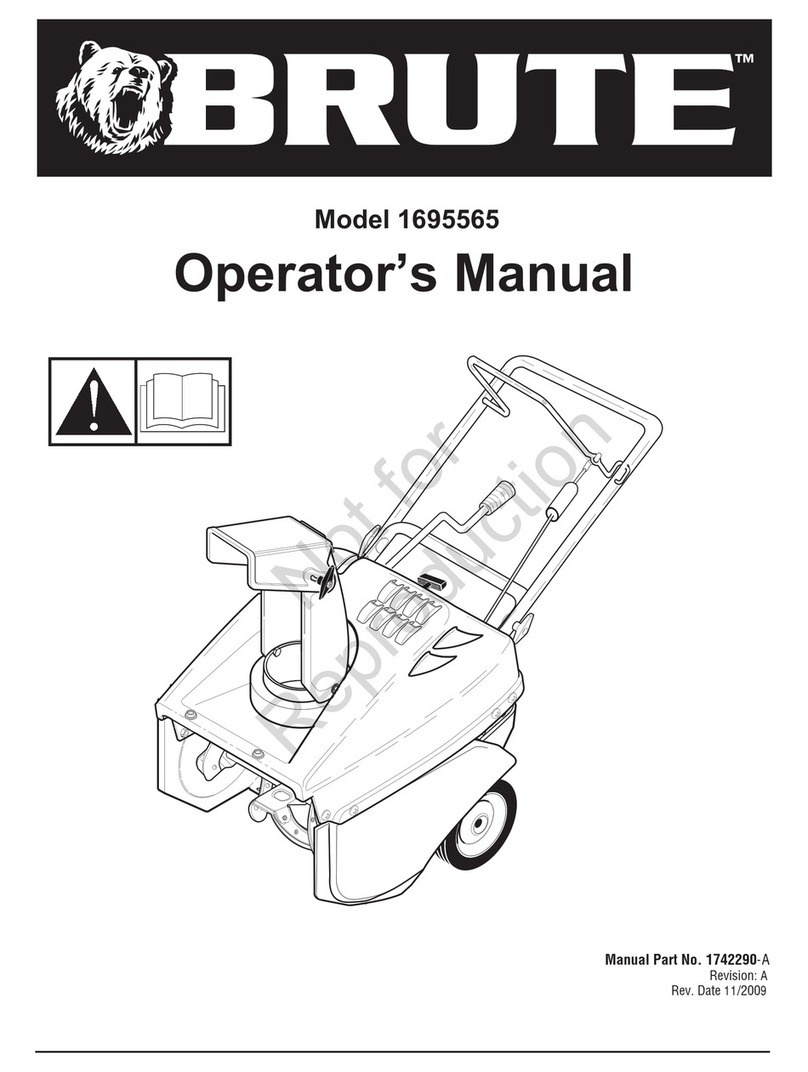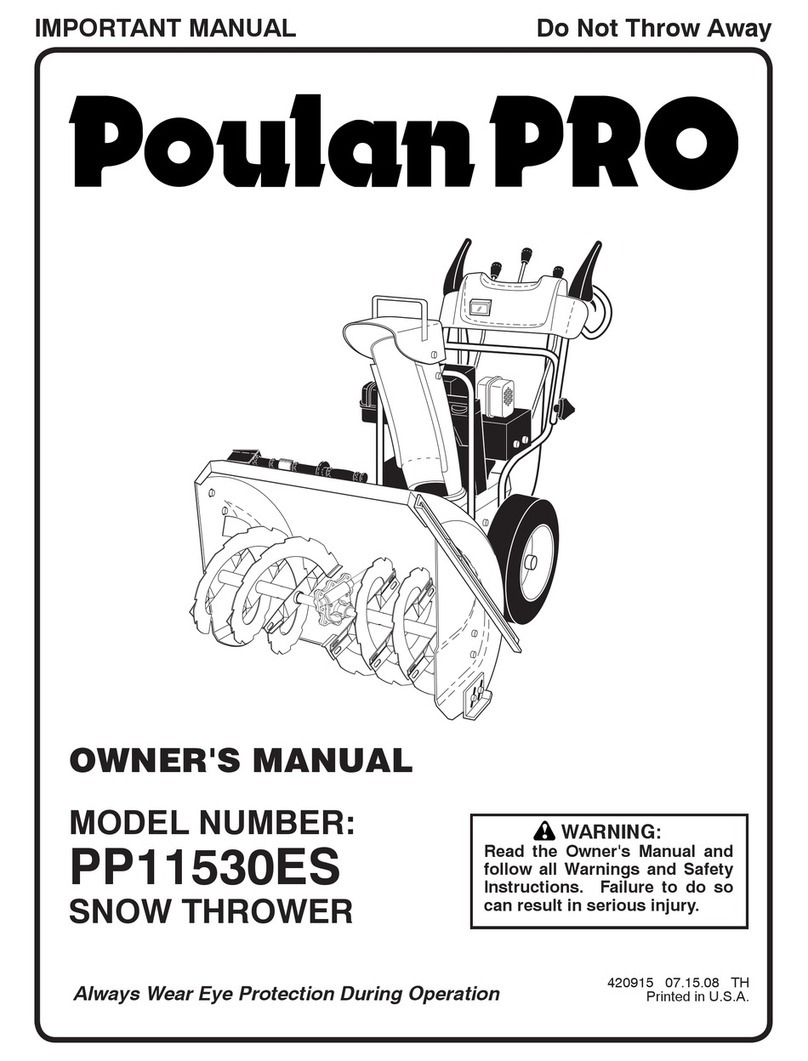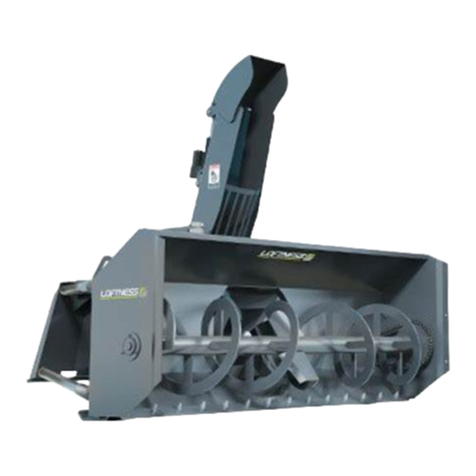
3
Lit. No. 21857 June 15, 2003
SAFETY INFORMATION
WARNING
Indicates a potentially
hazardous situation that, if not
avoided, could result in death
or serious personal injury .
CAUTION
Indicates a situation that, if not
avoided, could result in minor
personal injury and/or damage
to product or property.
NOTE: Identifies tips, helpful
hints and maintenance
information the owner/operator
should know.
WARNING
Do not exceed GVWR or GAWR
(including blade and ballast) as
found on the driver-side door
cornerpost of the vehicle.
WARNING
Vehicle exhaust contains deadly
carbon monoxide (CO) gas.
Breathing this gas, even in low
concentrations, could cause
death. Never operate a vehicle
in an enclosed area without
venting exhaust to the outside.
WARNING
Hydraulic oil under pressure
could cause skin injection
injury. If you are injured by
hydraulic oil, get medical
treatment immediately.
WARNING
Gasoline is highly flammable
and gasoline vapor is explosive.
Never smoke while working on
vehicle. Keep all open flames
away from gasoline tank and
lines. Wipe up any spilled
gasoline immediately.
WARNING
Remove blade assembly before
placing vehicle on hoist. Failure
to do this could result in
personal injury.
WARNING
Lower blade when vehicle is
parked. Temperature changes
could change hydraulic
pressure, causing the blade to
drop unexpectedly or damaging
hydraulic components. Failure
to do this can result in serious
personal injury.
BEFORE YOU BEGIN
VENTILATION
If you work on the vehicle or
snowplow in a garage or other
enclosed area, be sure to vent
exhaust gas directly to the outside
through a leakproof exhaust hose.
FIRE AND EXPLOSION
Be careful when using gasoline. Do
not use gasoline to clean parts. Store
only in approved containers away
from sources of heat or flame.
• Park the vehicle on a level
surface, place shift lever in
PARK or NEUTRAL and set
parking brake.
•Leave the snowplow mounted
on the vehicle and lowered for
most service procedures,
unless told otherwise.
PERSONAL SAFETY
• Wear only snug-fitting clothing
while working on your vehicle
or snowplow.
• Do not wear jewelry or a
necktie, and secure long hair.
• Be especially careful near
moving parts such as fan
blades, pulleys and belts.
• Wear safety goggles to protect
your eyes from battery acid,
gasoline, dirt and dust.
• Avoid touching hot surfaces
such as the engine, radiator,
hoses and exhaust pipes.
• Always have a fire extinguisher
handy, rated BC for flammable
liquids and electrical fires.
HYDRAULIC SAFETY
• Always inspect hydraulic
components and hoses before
using. Replace any damaged
or worn parts immediately.
• If you suspect a hose leak, DO
NOT use your hand to locate it.
Use a piece of cardboard or
wood.





